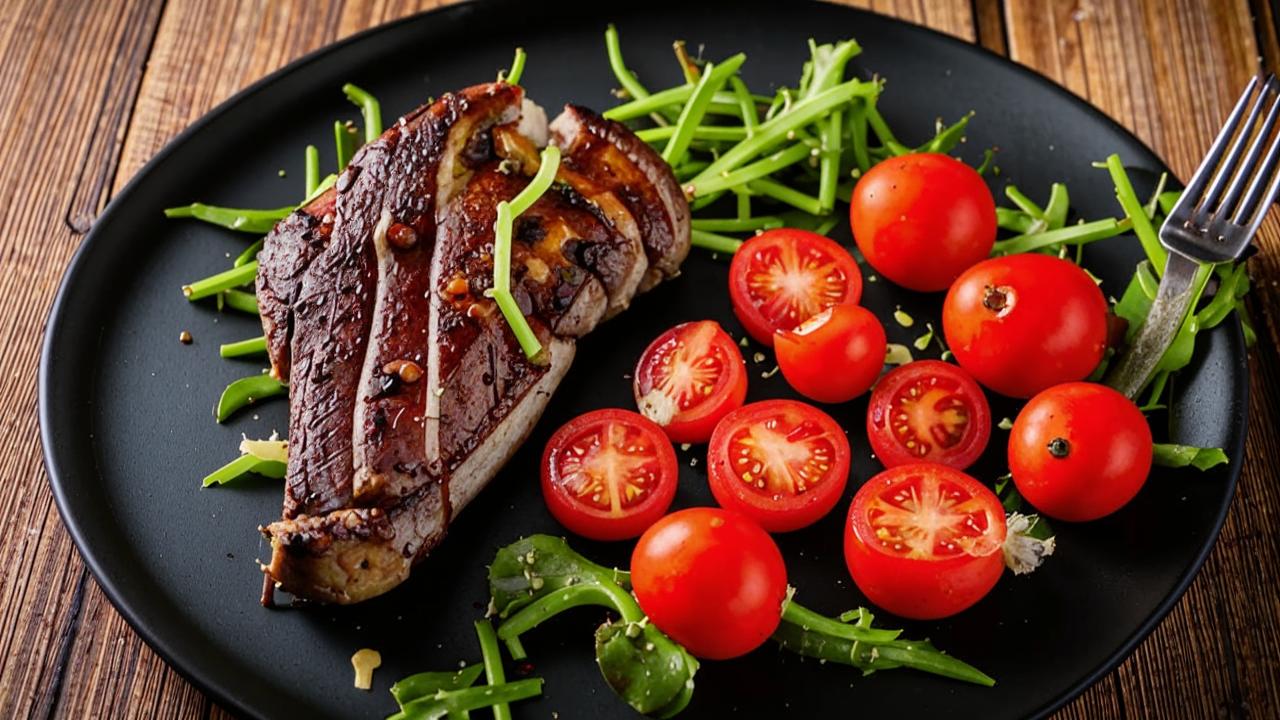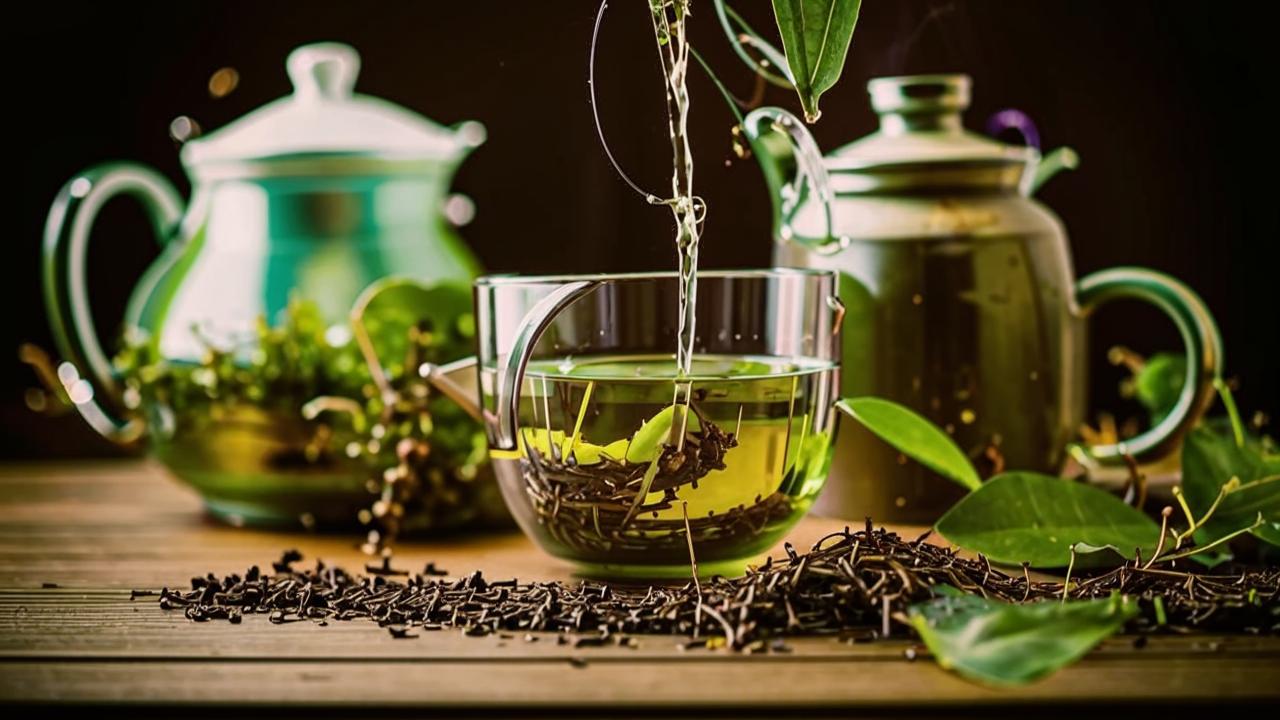The Japanese diet is recognized as one of the healthiest in the world. What it is, what are its advantages and contraindications, we found out from an expert.
What we’ll tell you about
What is the Japanese diet?

doctor-dietitologist of the medical center “Medscan”.
“The Japanese diet is a low-carbohydrate diet with an increased amount of protein, which allows you to get a quick result on reducing excess weight in a short period of time.”
The Japanese are famous for their longevity, and a lot of that has to do with their diet. Their traditional cuisine uses simple, fresh ingredients and minimizes refined and processed foods.
The Japanese diet consists of fish (cooked and raw), seafood, soybeans, seaweed, noodles, and steamed rice. It is low in processed animal protein, refined sugar and fats: all of which contribute to poor health, especially cardiovascular health.

The diet also includes the consumption of numerous pickled and fermented foods, including miso, soy sauce, natto (soy beans), pickled ginger, rice vinegar and tsukemono (i.e. pickles).
The Japanese are also fans of green tea, especially matcha tea, which is rich in antioxidants such as catechins that help reduce the risk of cancer, viruses and cardiovascular disease.
Benefits of the Japanese diet
For those who want to lose weight, the pros are obvious – the diet helps to effectively reduce weight in a short period of time. For 14 days, you can lose an average of five to eight kilograms.
The Japanese diet also improves digestion due to the large content of cereals and fiber from vegetables. Such a diet helps to fight constipation.

Moreover, Japanese traditional cuisine focuses on seasonal foods that help maximize the nutrient content of the food. High amounts of fiber, calcium, magnesium, iron, potassium, and vitamins A, C, and E help your body’s cells repair themselves. Omega-3 fatty acids in fish and seafood dishes promote brain, eye and cardiovascular health.
Health Risks
Following the Japanese diet for a long period of time is not recommended. This is due to its unbalanced diet (low-calorie diet) and the almost daily absence of breakfast.
This low-calorie protein menu can be repeated no more than once every six months.
Another feature of the Japanese diet is that in the beginning there is too rapid weight loss, and then there are often a breakdown and depression, which leads to a return of the previous body weight with additional pounds.

Contraindications of the Japanese diet:
- Pregnancy or lactation;
- chronic gastritis and ulcers;
- chronic kidney disease;
- disorders of the cardiovascular system.
Principles of the diet
The Japanese diet can not be called balanced, so it is dangerous for health to follow it for more than two weeks. At the same time, even for 14 days, the body can react negatively to the reduction of carbohydrates in the menu. For example, body aches, headache, weakness.
If you have such symptoms, stop the diet and consult a doctor!

Drinking regimen in the Japanese diet is of great importance. It is recommended to drink at least two liters of pure non-carbonated water at room temperature.
The main condition for the success of the Japanese diet is a clear adherence to its plan. You can not confuse the menu or at will to replace some products with others, even similar.
It is recommended to give up salt completely or reduce consumption to three grams per day.
The Japanese diet may seem difficult because of the small number of meals per day: there are only three instead of the healthier five or six. You should start the morning with a glass of water on an empty stomach, and have dinner at least two hours before bedtime. Snacking is also forbidden.
Since the Japanese diet for 14 days is strict, it is not recommended to enter it “in a hurry”. Prepare psychologically and physically. In particular, you can refuse fast food and sweets, reduce the size of portions.
Japanese diet for 14 days: full menu
There is no exotic in the menu of the Japanese diet – all products can be easily found in any supermarket.

Necessary ingredients for the diet:
- Green tea without additives and flavorings – 1 package.
- Coffee beans or ground coffee – 1 package.
- Chicken eggs – 20 pieces.
- Lean beef or ground beef – 1 kg.
- Sea fish fillet – 2 kg.
- Chicken fillet – 1 kg.
- White cabbage – 2 medium-sized cabbages.
- Cold-pressed olive oil – 500 ml.
- Fresh carrots – 2-3 kg.
- Fruit (except bananas and grapes) – 1 kg total.
- Zucchini, eggplant – 1 kg.
- Kefir – 1 liter.
- Tomato juice – 1 liter.
- Lemons – 2 pcs.
Recall, the Japanese diet is quite strict, it does not allow any changes in the schedule and nutrition.
Day 1
- Breakfast: coffee without sugar and milk.
- Lunch: boiled cabbage with vegetable oil, two boiled eggs, a glass of tomato juice.
- Dinner: 200 g boiled or fried fish.
Day 2
- Breakfast: a piece of rye bread and coffee without sugar.
- Lunch: 200 g boiled or fried fish with boiled cabbage and vegetable oil.
- Dinner: 100 g boiled beef and a glass of kefir.

Day 3
- Breakfast: a piece of rye bread or simple cookies without additives, a cup of coffee without sugar.
- Lunch: zucchini or eggplant fried in vegetable oil.
- Dinner: 200 g of unsalted boiled beef, two boiled eggs, raw cabbage salad with olive oil.
Day 4
- Breakfast: some fresh carrots with lemon juice.
- Lunch: 200 g of fried or boiled fish, a glass of tomato juice.
- Dinner: 200 g of any fruit.
Day 5
- Breakfast: one small fresh carrot with lemon juice.
- Lunch: boiled fish, a glass of tomato juice.
- Dinner: 200 g of any fruit.

Day 6
- Breakfast: coffee without sugar.
- Lunch: 500 g boiled chicken with a salad of fresh cabbage and carrots, dressed with olive oil.
- Dinner: small fresh carrots and two boiled eggs.
Day 7
- Breakfast: green tea.
- Lunch: 200 g of unsalted boiled beef.
- Dinner of your choice: 200 g of fruit or 200 g of boiled or fried fish, or two eggs with fresh carrots and olive oil, or boiled beef and one glass of kefir.
Day 8
- Breakfast: coffee without sugar.
- Lunch: 500 grams of boiled chicken without salt and a salad of carrots and cabbage.
- Dinner: fresh small carrots with olive oil and two boiled eggs.

Day 9
- Breakfast: medium carrots with lemon juice.
- Lunch: 200 g of boiled or fried fish and a glass of tomato juice.
- Dinner: 200 g of any fruit.
Day 10
- Breakfast: coffee without sugar.
- Lunch: 50 g of cheese, three small carrots in olive oil and one boiled egg.
- Dinner: 200 g of any fruit.
Day 11
- Breakfast: coffee without sugar and a piece of rye bread.
- Lunch: zucchini or eggplant fried in vegetable oil.
- Dinner: 200 g of boiled beef without salt, two boiled eggs and fresh cabbage salad with olive oil.

Day 12
- Breakfast: coffee without sugar and a piece of rye bread.
- Lunch: 200 g boiled or fried fish with fresh cabbage with olive oil.
- Dinner: 100 g of boiled unsalted beef and a glass of kefir.
Day 13
- Breakfast: coffee without sugar.
- Lunch: two boiled eggs, some boiled cabbage with olive oil and a glass of tomato juice.
- Dinner: 200 g of boiled or fried fish with vegetable oil.
Day 14
- Breakfast: coffee without sugar.
- Lunch: 200 g boiled or fried fish, fresh cabbage with olive oil.
- Dinner: 200 g boiled beef, a glass of kefir.
Exit from the diet should be smooth: introduce the usual ingredients and food scheme should be gradually. You should not overeat.





